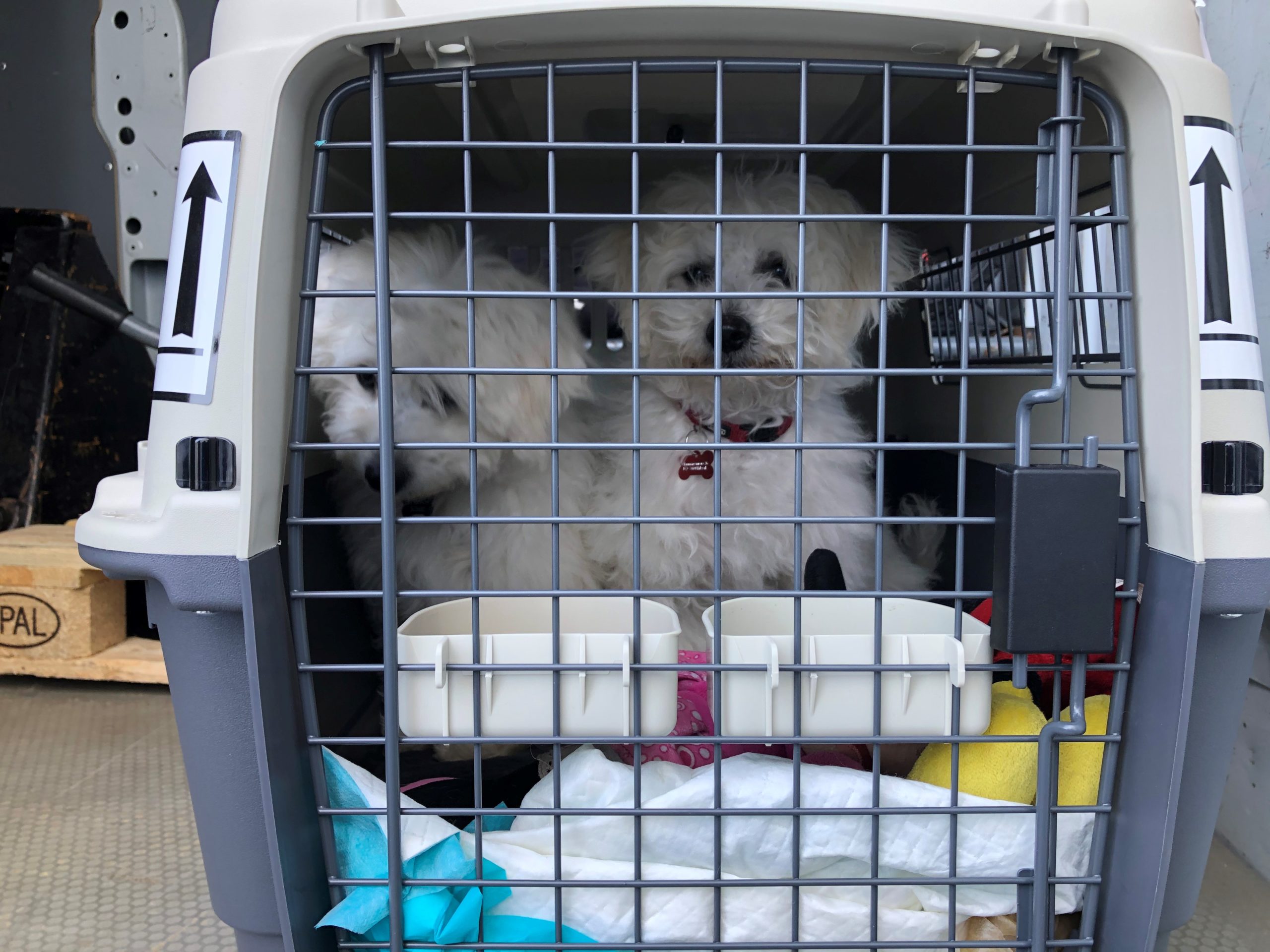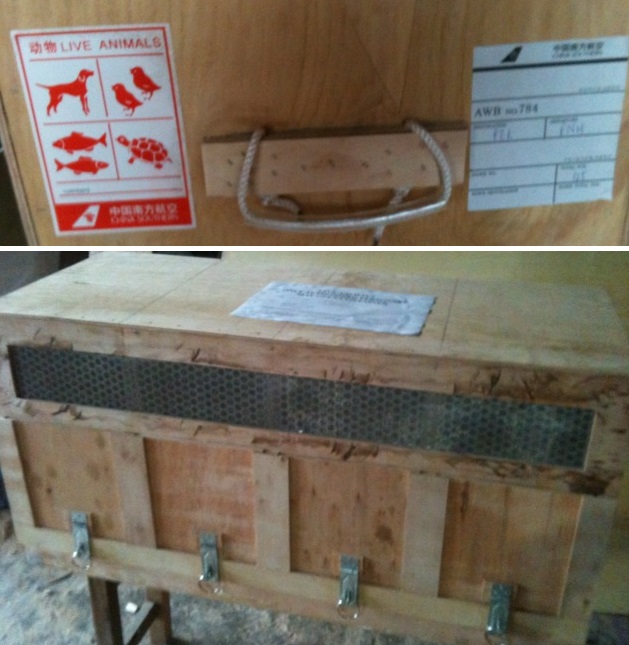Logistics companies offering this service should follow the IATA guidelines for reducing any discomfort and stress on the animals
The trend of transporting live animals by flights started as early as the 1930s and in 2020 movement of live animals by air is considered to be the most humane, convenient, as well as viable long-distance transportation option for living animals. Not all logistics companies offer this service and the ones which do should ideally follow the IATA guidelines for enhanced protection and care of the livestock.

Some of the essential factors which need to be looked into for the safe transfer of live animals are the physical needs of the animals, ground handling and processing, the settings of the Aircraft ECS (Environment Control System), and the environment at the airport along with the en-route environment. However, it needs to be remembered that the loading, handling and packing arrangements, and the ECS setting, depending on the kind of animal which is being moved. The task becomes all the more challenging when more than one species of animal is being transported.
Posta Logistics, CQR member in Copenhagen, Denmark, and Sun North VN Transport Corp, CQR member in Haiphong, Vietnam, have been offering live animal shipping services for quite some time and their teams have all the skills and know-how to deal with these offbeat shipments. Ms. Jenny Thuy, the Consolidation Manager of Sun North VN Transport Corp, who has years of experience in dealing with these special shipments, says “Undoubtedly one of the most difficult aspects of shipping live animals is obtaining the permission issued by the local authority before loading. Next in the booking step, we need to check all the suitable routes and transit time and then select the one which is best for the health and safety of the animals.”

Since most livestock (with a few exceptions) are moved in the cargo compartment of the plane, it is important to prepare the environment of the cargo hold before loading the animals. Moreover, while transporting a cargo of animals one needs to select the shortest possible route ensuring minimum stopovers and time spent on the ground. While the animals have to be loaded as close to the time of departure as possible, they should be unloaded immediately upon landing. It is also wise to avoid high temperatures at all times which is why most forwarders try to load the animals at night.
The journey also involves several risk factors for the animals and at times it can be impossible for the forwarding company to manage all these risks.
For instance change in temperature, turbulence during the journey, or a rough landing at the destination can make the animals feel stressed or sick. In this situation, the only option for the freight forwarder is to carefully consider all the options and then choose the best one according to their experience. Moreover, the forwarders also need to have a contingency plan in case something goes awry during the transit process.
Both CQR members make sure to keep the animals in good condition with constant access to food, water, fresh air, and enough space. “We work closely with the airport veterinarian and we have the journey planned in the best possible way so that the animals do not have to wait unnecessarily. All paperwork is done in advance and it is only the inspection that is needed before the animals are loaded. If the veterinarian is not needed, we are in contact with the ground handler in the airport to make sure that somebody is there to take care of the animals,” says Nick Plytsgaard, the Operation Manager of Posta Logistics.
‘We always make sure to use a direct flight so the animals don’t get any unnecessary stress. We think a lot about the people involved as it is their beloved animals that we ship around. We try to keep them informed when something new happens and they are constantly updated with the whereabouts of their animals.”
When live animals are being moved by flight over long distances and need to travel from one climate zone to another, then the journey should be planned in a way that ensures that the animals don’t go through any abrupt change in temperature on reaching the destination. This is why at times it is imperative to arrange for a controlled environment upon landing to eliminate all chances of stress for the animals. “Another point to consider is minimizing the transit stops at airports. Normally we ship cats and dogs to private persons, but we have, in the past, shipped pigs from a farmer in Denmark. We always make sure to use a direct flight so the animals don’t get any unnecessary stress. We think a lot about the people involved as it is their beloved animals that we ship around. We try to keep them informed when something new happens and they are constantly updated with the whereabouts of their animals,” adds Mr. Plytsgaard from Posta Logistics.
Some animals are more sensitive to stress than others which is why the freight forwarders need to be aware of the IATA guidelines which will make sure that the animals are safely moved around the globe with minimum stress or discomfort. Mr. Thuy from Sun North VN Transport further adds, “We make a point of taking proper care of our animals during the shipping time. We provide them with spacious cases, enough food, water, air and we even have veterinarians who are always there to take care of any unpleasant occurrences.”
For shipment requirements to/from Copenhagen, Denmark, or Haiphong, Vietnam, make sure to get in touch with them.

